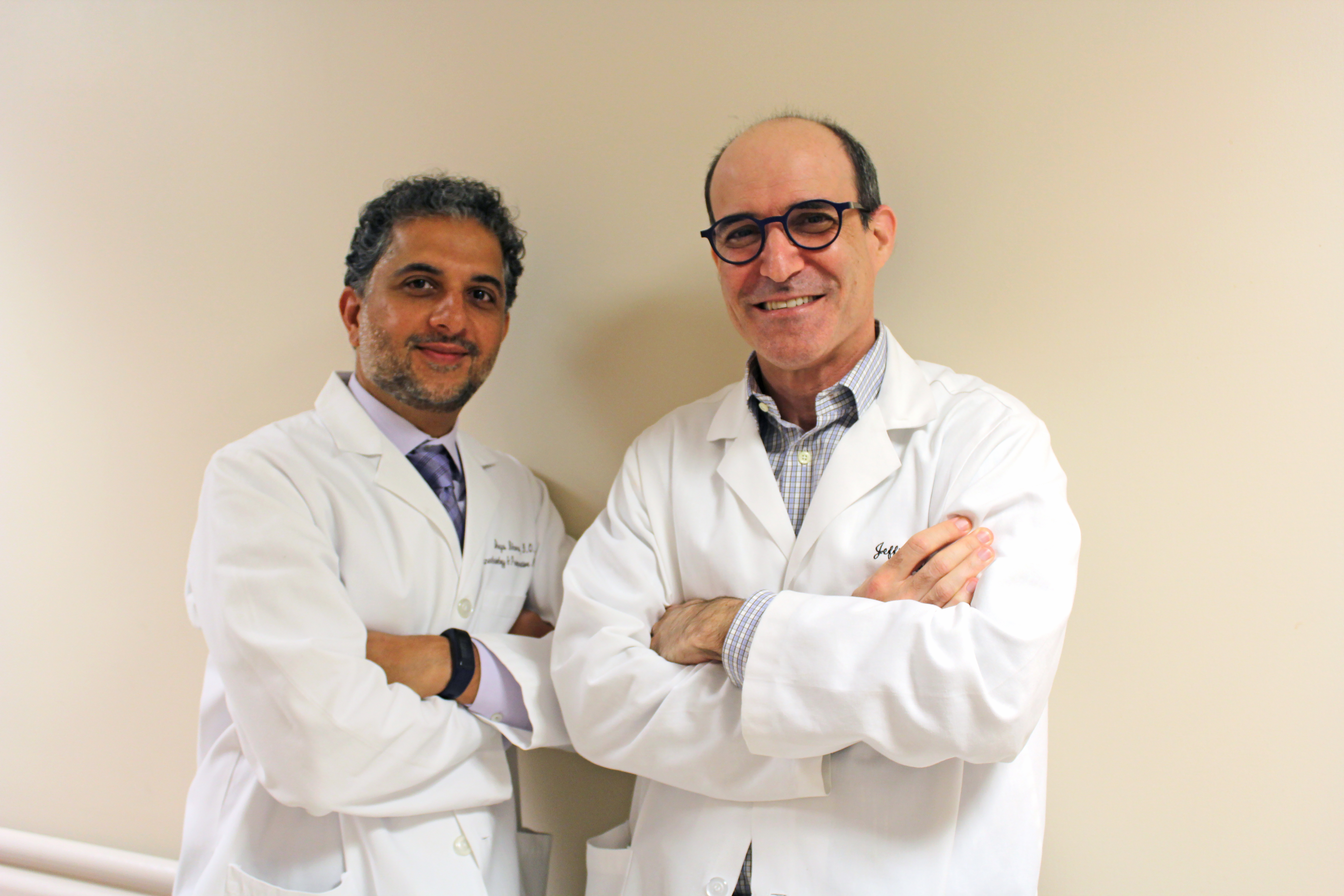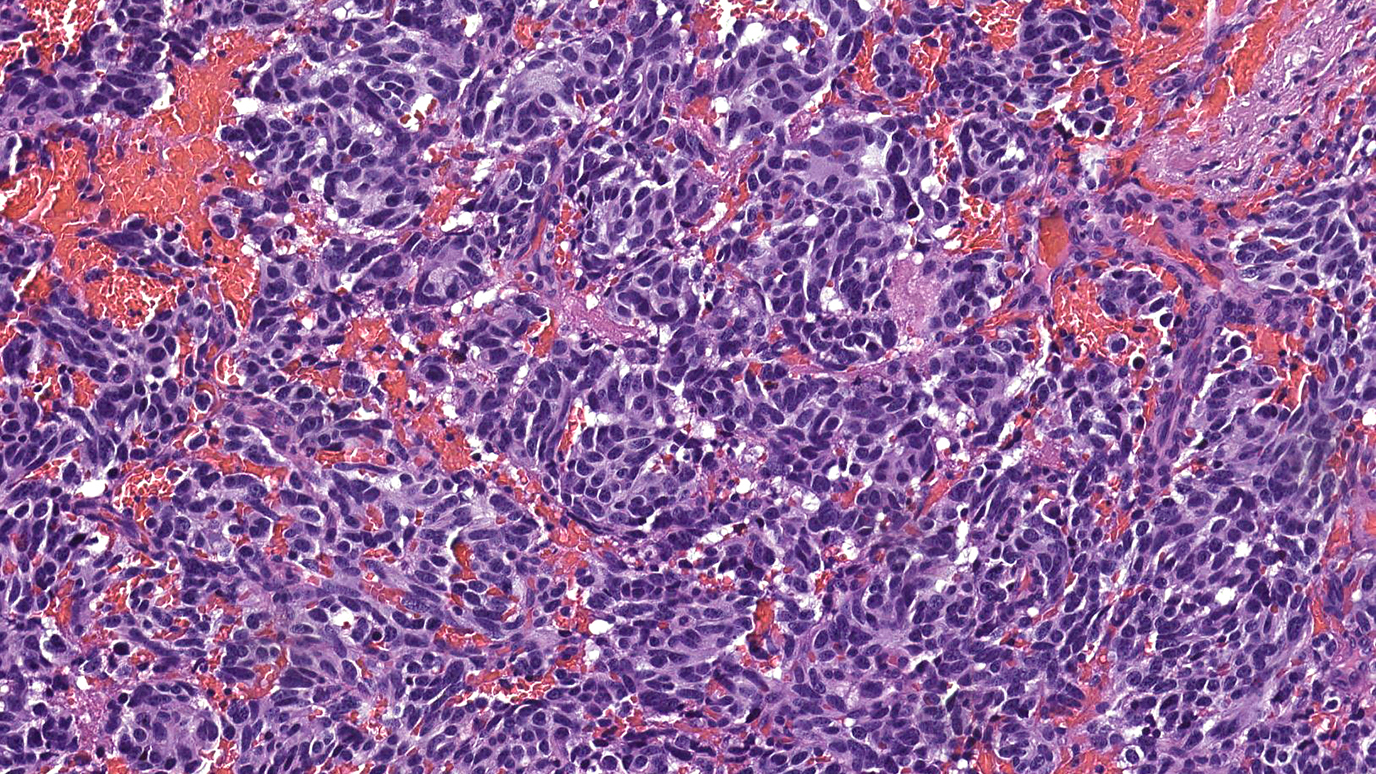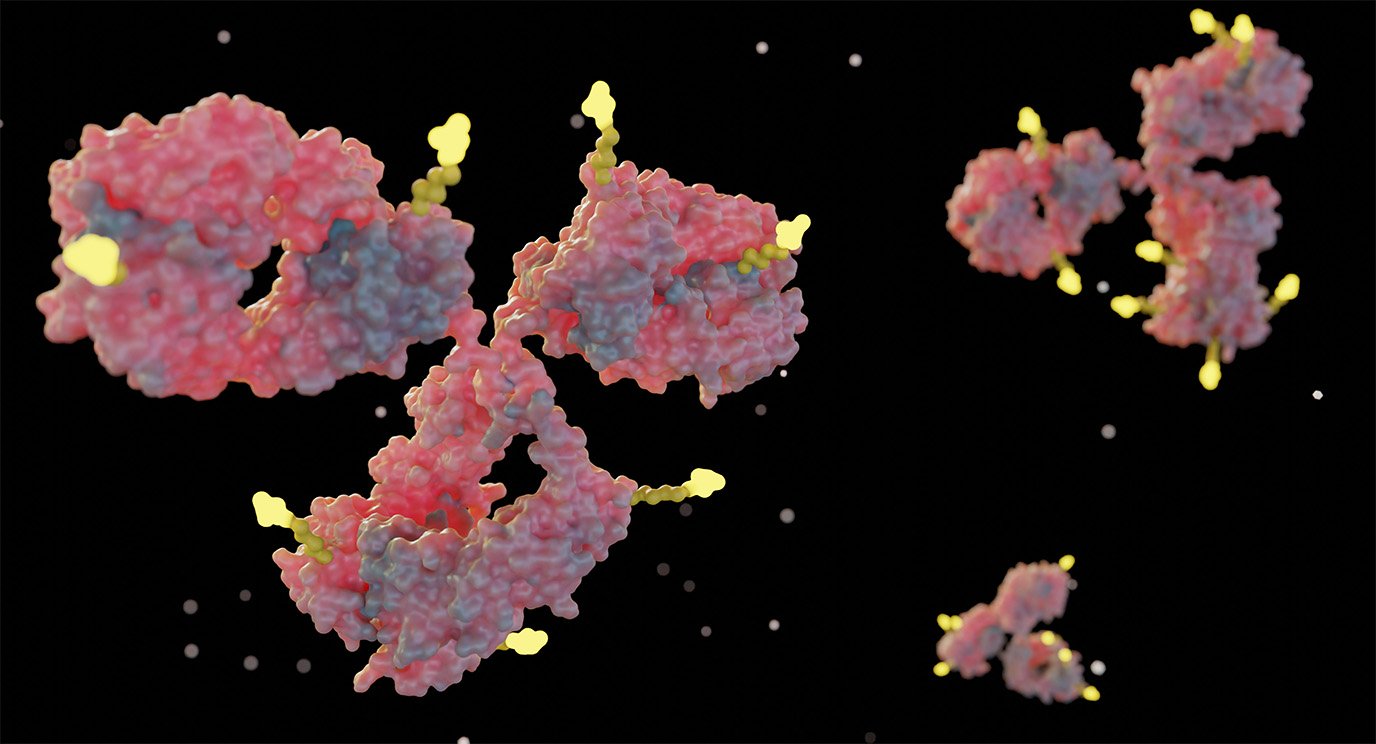- Diseases
- Acoustic Neuroma (14)
- Adrenal Gland Tumor (24)
- Anal Cancer (66)
- Anemia (2)
- Appendix Cancer (16)
- Bile Duct Cancer (28)
- Bladder Cancer (68)
- Brain Metastases (28)
- Brain Tumor (228)
- Breast Cancer (716)
- Breast Implant-Associated Anaplastic Large Cell Lymphoma (2)
- Cancer of Unknown Primary (4)
- Carcinoid Tumor (8)
- Cervical Cancer (154)
- Colon Cancer (164)
- Colorectal Cancer (110)
- Endocrine Tumor (4)
- Esophageal Cancer (42)
- Eye Cancer (36)
- Fallopian Tube Cancer (6)
- Germ Cell Tumor (4)
- Gestational Trophoblastic Disease (2)
- Head and Neck Cancer (6)
- Kidney Cancer (124)
- Leukemia (344)
- Liver Cancer (50)
- Lung Cancer (288)
- Lymphoma (284)
- Mesothelioma (14)
- Metastasis (30)
- Multiple Myeloma (98)
- Myelodysplastic Syndrome (60)
- Myeloproliferative Neoplasm (4)
- Neuroendocrine Tumors (16)
- Oral Cancer (100)
- Ovarian Cancer (170)
- Pancreatic Cancer (166)
- Parathyroid Disease (2)
- Penile Cancer (14)
- Pituitary Tumor (6)
- Prostate Cancer (144)
- Rectal Cancer (58)
- Renal Medullary Carcinoma (6)
- Salivary Gland Cancer (14)
- Sarcoma (236)
- Skin Cancer (294)
- Skull Base Tumors (56)
- Spinal Tumor (12)
- Stomach Cancer (60)
- Testicular Cancer (28)
- Throat Cancer (90)
- Thymoma (6)
- Thyroid Cancer (98)
- Tonsil Cancer (30)
- Uterine Cancer (78)
- Vaginal Cancer (14)
- Vulvar Cancer (18)
- Cancer Topic
- Adolescent and Young Adult Cancer Issues (20)
- Advance Care Planning (10)
- Biostatistics (2)
- Blood Donation (18)
- Bone Health (8)
- COVID-19 (362)
- Cancer Recurrence (120)
- Childhood Cancer Issues (120)
- Clinical Trials (622)
- Complementary Integrative Medicine (24)
- Cytogenetics (2)
- DNA Methylation (4)
- Diagnosis (226)
- Epigenetics (6)
- Fertility (62)
- Follow-up Guidelines (2)
- Health Disparities (14)
- Hereditary Cancer Syndromes (122)
- Immunology (18)
- Li-Fraumeni Syndrome (8)
- Mental Health (118)
- Molecular Diagnostics (8)
- Pain Management (62)
- Palliative Care (8)
- Pathology (10)
- Physical Therapy (18)
- Pregnancy (18)
- Prevention (890)
- Research (388)
- Second Opinion (74)
- Sexuality (16)
- Side Effects (602)
- Sleep Disorders (10)
- Stem Cell Transplantation Cellular Therapy (216)
- Support (404)
- Survivorship (322)
- Symptoms (184)
- Treatment (1768)
Q&A: Gamma Knife® Radiosurgery for Brain Tumors
BY MD Anderson
3 minute read | Published October 01, 2009
Medically Reviewed | Last reviewed by an MD Anderson Cancer Center medical professional on October 01, 2009
Gamma Knife® is a major advance in the field of stereotactic radiosurgery for certain brain cancer patients. It offers a non-invasive procedure that can be performed in one session and with extreme precision.
Here's what you should know.
What is a Gamma Knife?
The Gamma Knife is a 30-ton machine that contains a cylindrical cone made of the world's largest piece of tungsten with lead shielding. The machine has 192 Cobalt-60 radiation sources that are shaped by eight sectors that surround the patient's head.
There is a theoretical possibility of choosing from 65,000 combinations of highly focused radiation beams. These can be used to create customized shots that target a particular brain tumor, allowing each shot to be tailored to the shape of the patient's tumor.
In addition, the current Gamma Knife model can treat a larger volume of brain area than previous models, which allows greater cranial reach of tumors located in extreme anatomical locations. It has great accuracy to one-tenth of a millimeter and can reach deep-seated targets.
What is Gamma Knife radiosurgery?
Gamma Knife surgery is actually a form of radiation therapy invented in 1967 by Lars Leksell, a Swedish neurosurgeon. The latest model, Perfexion, has been redesigned and re-engineered, and it is the first fully automated Gamma Knife at MD Anderson.
For the one-day procedure, the patient first has a brain MRI with a head frame placed by a neurosurgeon. Then the Gamma Knife team creates a customized treatment plan, which is delivered to the patient who lies on a sophisticated and highly accurate patient positioning system (PPS). The patient's head is inserted into the cone-shaped tungsten cylinder that delivers highly focused gamma rays around the head.
While the contribution of each ray is relatively small -- allowing for less damage to surrounding healthy cells -- when the multiple rays converge on the tumor, they have great intensity. The Gamma Knife unit also has an audio/visual connection so the patient can be seen and also communicate with the treatment team.
Who is eligible for Gamma Knife radiosurgery?
The brain radiosurgery tumor board is a multidisciplinary team of radiation oncologists, neurosurgeons, neuron-radiologists, a radiation physicist and a nurse. At tumor board meetings, each case is discussed to decide if Gamma Knife radiosurgery is the best option. Radiosurgery is especially important for patients who have no other treatment options, including those not eligible for standard surgical techniques due to illness or advanced age.
The Gamma Knife is considered most effective in the treatment of intracranial tumors (within the cranium and the skull base below the brain) such as:
- Brain metastases (cancer that has spread to the brain from other parts of the body)
- Acoustic neuromas
- Pituitary adenomas
- Craniopharyngiomas
- Meningiomas
- Glial tumors
- Skull base tumors
- Upper cervical spine tumor
What is the process?
Generally an outpatient treatment, the surgery consists of four steps:
- Early morning placement of the Leksell stereotactic coordinate frame, which will hold the patient's head in place during imaging and treatment
- MRI of the brain, which accurately locates and visualizes the tumor
- Planning of treatment using a Gamma Planning Computer
- Treatment, followed by observation in the Post-Anesthesia Care Unit
Depending on the number and complexity of the tumors, the delivery of radiation treatment can take from 15 minutes to several hours. A patient usually can return to a normal routine and activities after 24 hours.
What are the advantages of Gamma Knife surgery?
Because it is non-invasive and no surgical incision is required, the physical trauma and the majority of risks associated with open neurosurgical procedures are avoided. The procedure is recognized worldwide and supported by more than 2,500 peer-reviewed research articles. In addition, more than 50,000 patients are treated with Gamma Knife every year by the approximately 250 machines in use around the world.
Request an appointment at MD Anderson online or call 1-866-870-0253.






